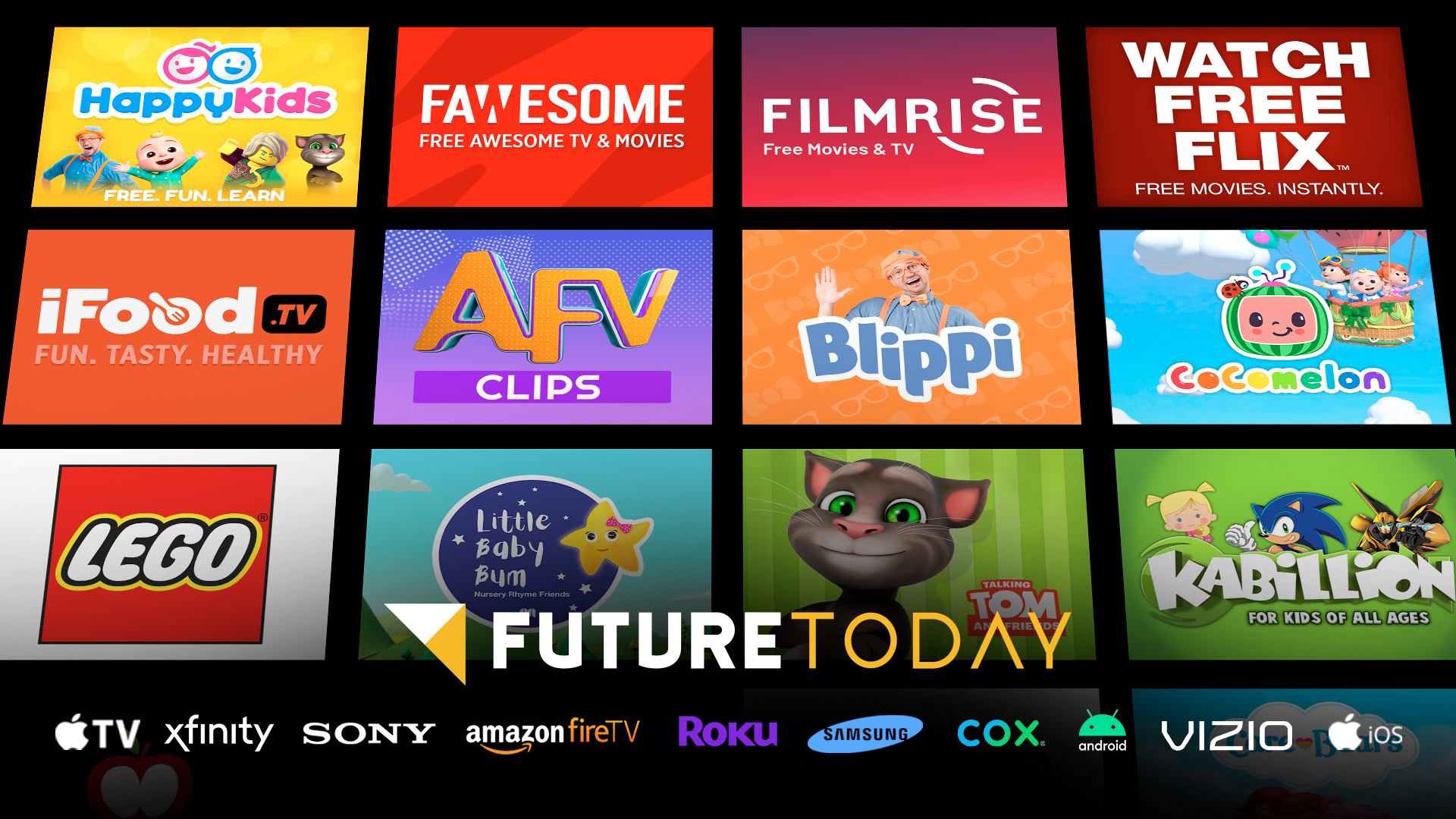Future Today Rode Streaming Wave in 2020, Looks To Add Channels
500% increase in advertisers Future Today works with directly

Future Today has been streaming since 2010 and despite bigger players piling into the market, it increased its viewership 120% in 2020.
Other gaudy statistics for the year include an 85% increase in viewing time to more than 43 million hours of content in March and an increase in the number of advertisers Future Today works with directly of 500%.

The gains came as the company launched more than 65 channels on Comcast’s Xfinity and Cox Contour TV. It also launched eight linear ad supported channels on Vizio, Sling TV, Samsung TV and the Roku Channel.
Vikrant Mathur, CEO of Future Today concedes that the pandemic powered the streaming industry last year, making it mainstream year’s sooner than he’d expected.
But Future Today was growing before COVID and Mathur expects it to continue to grow at a 10% run rate.
Future Today’s growth also comes after a 2019 merger with Cinedigm that was aborted in 2020.
“This year, what we wanted was just to continue to organically grow the company,” Mathur said.
The smarter way to stay on top of broadcasting and cable industry. Sign up below
The influx of bigger companies into the ad supported streaming space has upped the ante in terms of programming. While once all the streaming services offered whatever movies and TV shows were in the studios’ AVOD window, ViacomCBS’s Pluto TV and Fox’s Tubi have been getting higher profile programming that helps them stand out.
Future Today’s growth can help it acquire higher quality content. Some programming announcements could come in the next few weeks, Mathur said. They will focus on a few programming niches rather than try to make a splash in the bigger, general entertainment market, he said. “If you don't have the right content you don't have a product essentially.”
The pandemic has also helped with advertising, making AVOD and CTV more important to media buyers.
Most of Future Today’s ad business is done programmatically, but it’s also having upfront-type conversations.
“CTV is a much bigger topic,” Mathur said. “It’s not about let’s spend 10% of our budget on CTV as an audience extension play. They’re saying we want to spend 30% of our budgets on CTV and it’s a separate budget, not a line item.”
Mathur concedes to some anxiety about how viewing patterns will change as the pandemic recedes. Children’s viewing patterns, for example, shifted once schools re-opened and something similar may occur when people go back to offices.
“I think some of that will get recalibrated but I think in the long run, it will be fine,” he said.
Mathur expects to see continued consolidation in the CTV space, but for now aims to remain independent.
“I always tell everybody that everything is for sale at the right price. So if somebody comes to us and, you know, wants to have a conversation, we will absolutely entertain conversations. And there is a lot of value in aligning yourself with the right partner,” he said. “So the question for us would be is this not the right partner?"
Jon has been business editor of Broadcasting+Cable since 2010. He focuses on revenue-generating activities, including advertising and distribution, as well as executive intrigue and merger and acquisition activity. Just about any story is fair game, if a dollar sign can make its way into the article. Before B+C, Jon covered the industry for TVWeek, Cable World, Electronic Media, Advertising Age and The New York Post. A native New Yorker, Jon is hiding in plain sight in the suburbs of Chicago.

